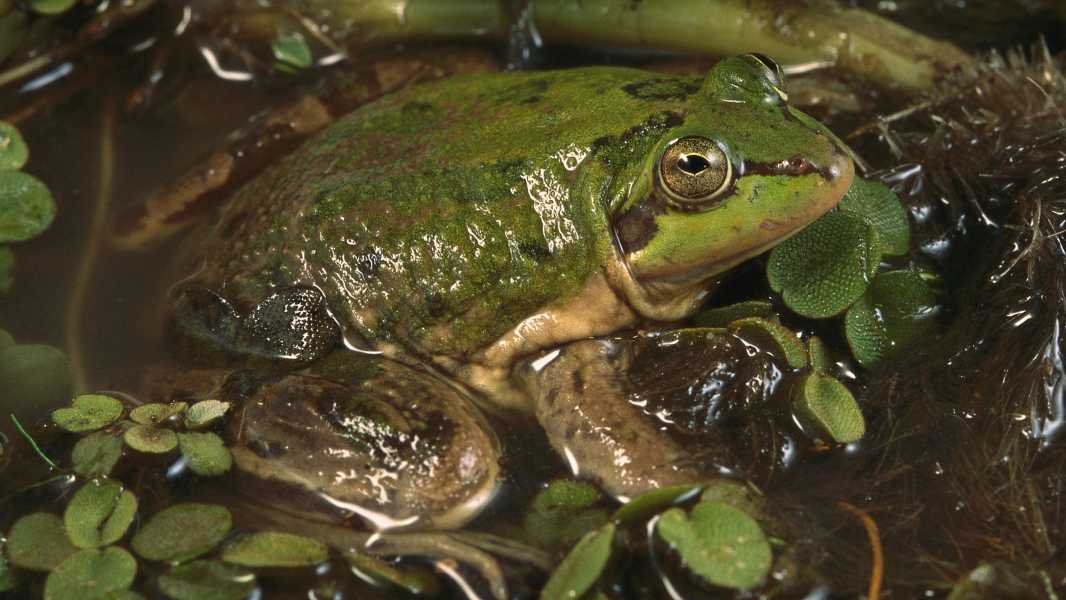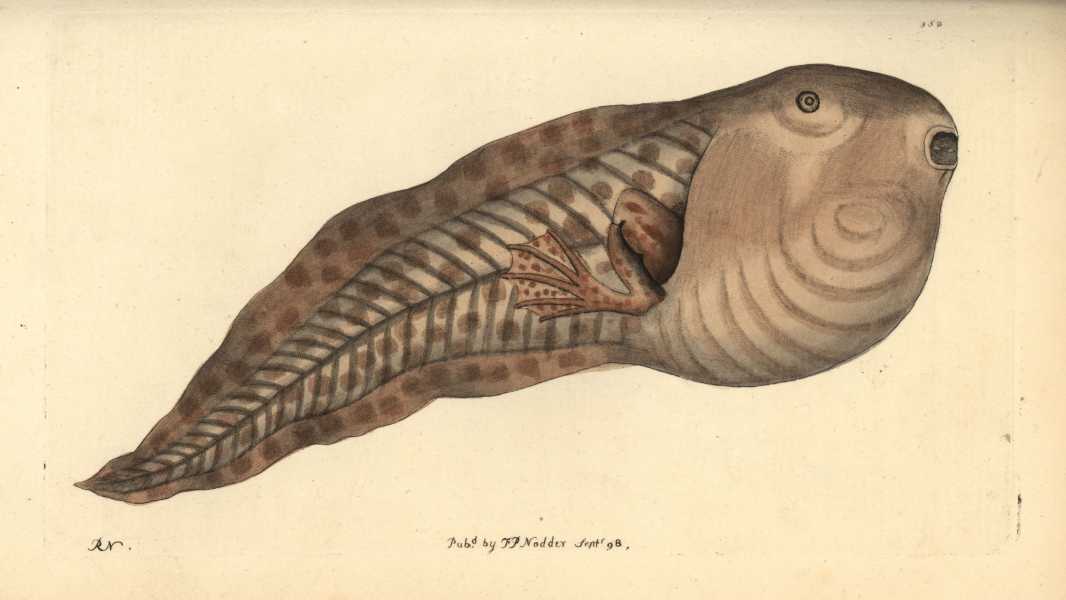
The paradoxical frog (Pseudis paradoxa) is smaller as an adult than as a tadpole.
Name: Paradoxical frog (Pseudis paradoxa), also known as the shrinking frog
Habitat: Northern South America and Trinidad.
What it eats: invertebrates, mainly insects.
Why it's amazing: This rather unusual species is notable for its shrinking size as it grows – it is significantly larger as a larval frog than as an adult. The large tadpole of the paradoxical frog is three to four times the size of the adult and can reach up to 9 inches (22 centimeters). While the adult grows up to 3 inches (8 cm) in length.
Other species of the genus Pseudis also exhibit this unusual size variation, but the largest tadpole length belongs to the paradoxical frog.
So how do these tadpoles get so big? A 2009 study published in The Herpetological Journal found that the tadpoles' growth rate is comparable to other species, but the paradoxical tadpoles just keep growing and developing.
By the time the tadpoles undergo metamorphosis into adults, the males have already begun producing sperm and are “virtually mature,” while the females are forming eggs – something that typically occurs during the young frog stage of the life cycle.

An illustration of the paradoxical frog at the tadpole stage, created by Richard Polydore Nodder in the 1700s.
In another paper, devoted to another species of Pseudis, the development of the skeleton of tadpoles of this species was examined and it was found that by the end of metamorphosis it had become well developed or complete.
The main part of the tadpole's extraordinary size is due to its long and deep tail. Before becoming an adult, the length of its snout-cloaca (i.e., its body length) is comparable to that of a mature individual.
Most other frogs start out small after metamorphosis and then grow larger. However, because this tadpole grows longer than other species and is well developed at metamorphosis, the adult shows little or no growth. The loss of the tail causes the frog to become “smaller.”

Megan Shears
Sourse: www.livescience.com





